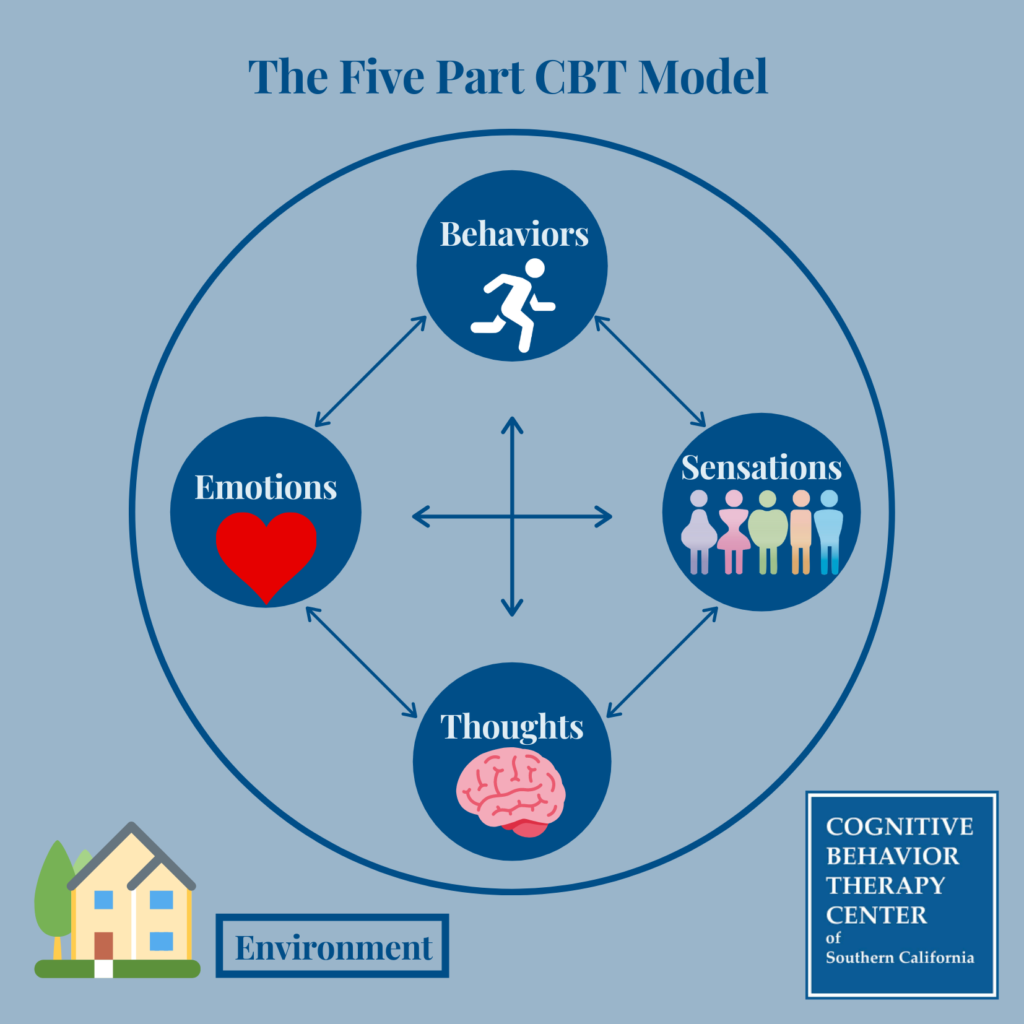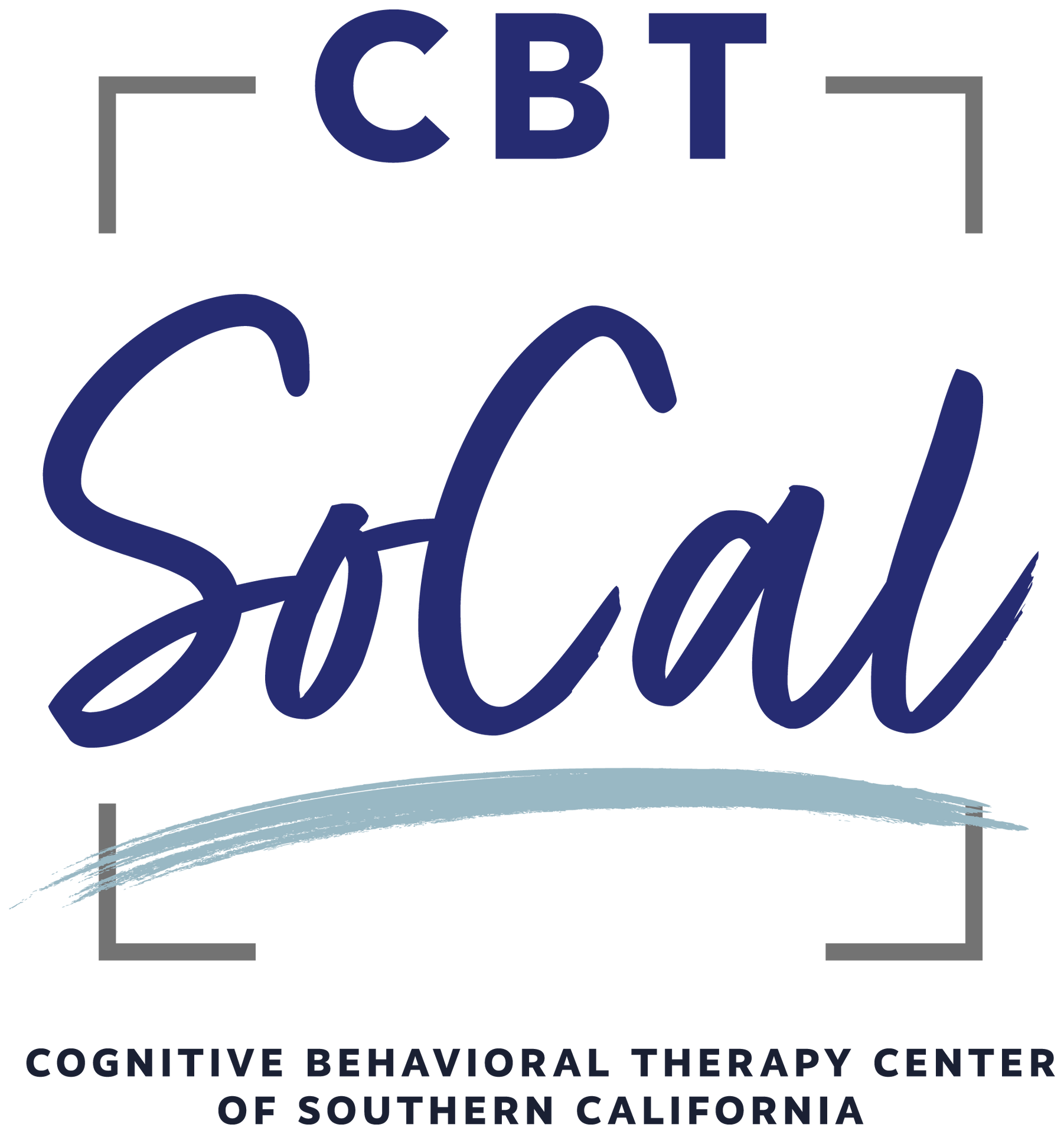How Mindfulness can help with Panic Episodes – Part 6 of an 8-part Series


Much has been written and researched about Mindfulness and how helpful it can be for our general health, as well as our ability to cope with mentally distressing states, such as panic and anxiety.
At its core, mindfulness is essentially a way of intentionally being aware of our thoughts, emotions, and physical sensations as they are happening live at any given moment. As a form of meditation, mindfulness can help us develop the ability to step outside of ourselves and be more attentive to our experiences in a way that minimizes distress.
What does this have to do with panic?
As stated earlier in this series, panic can frequently take on the form of racing thoughts, extremely anxious feelings, and very activating physiological sensations. We can get caught up in a vicious cycle that stays elevated and crippling for hours.

This cycle can happen very quickly and we are often more vulnerable to it when we are living life at a very fast pace – sometimes in an effort to avoid being still enough to feel our anxiety or deal with life circumstances that feel stuck and overwhelming.
Mindfulness can be very challenging, and contrary to the misconception that it should always be relaxing, can actually be extremely uncomfortable for people dealing with panic.
In fact, being still, silent and aware of one’s thoughts and emotions can be the most terrifying idea for someone suffering with panic. Consciously or not, they may know that intentionally slowing down to be more aware will be overwhelming, just as not treading water or swimming while in water will lead you to sink.
However, unlike sinking below water’s edge, allowing ourselves to be still with our thoughts isn’t dangerous in the long term, as it allows us to build confidence that we can tolerate being with ourselves. Initially it can indeed be very uncomfortable, especially if one has been avoiding one’s thoughts for a long time and in multiple ways. However, with consistent practice, mindfulness as an exposure to our own moment to moment experiences becomes easier, and helps us relearn that we can cope with a lot more mental distress than we may have come to believe.
Many people who experience panic and anxiety report that it can be most troubling at night, which makes sense. Once you turn off the lights, your phone, TV, say goodnight to friends and family, and are just by yourself with your own mind, all the anxious thoughts can flood in, making it difficult to relax enough to initiate sleep. At worst, this can result in insomnia and a vicious cycle of ruminating thoughts at a time of day when you are already emotionally and physically depleted.
Because of this, we typically suggest starting a small habit of mindfulness meditation practice during the daytime. It could be as simple as even just a few minutes of being fully present and aware of your thoughts, emotions, and body during a lunch break or in the morning. As that starts to feel more routine, you can gradually increase the amount of time spent meditating until you begin to feel more confident in your ability to lean into your own thoughts without distraction.
Then, over time, this can be carried over into night time in a way that slows down and breaks the cycle of negative thoughts and rumination. Moreover, a small but consistent practice of mindfulness can help your attention stay grounded in the right here, right now present moment, rather than getting carried away into potentially inflated anxieties about the future.
In this process, you might also become increasingly aware of some ways you’ve been using to cope that might not be working so well (refer back to part 3), some other potential reasons underlying your anxiety (see part 2), and some better habits and words you can use to deal with panic (as mentioned in part 5).
Read on for the rest of this blog series about how Cognitive Behavior Therapy can help reduce your panic symptoms:
Part 1 addressed the different ways people may experience panic attacks
Part 2 addressed an often unrecognized reason why we panic
Part 3 discussed the most common unhelpful ways that people cope with panic
Part 4 discussed the best way to cope with a panic attack
Part 5 described the power of language and labeling with regard to panic episodes
Part 7 introduces Interoceptive exposure for panic
Part 8 describes live “In vivo” exposure strategies for panic

Martin Hsia, Psy.D. is the Clinical Director of CBT SoCal, and specializes in helping people with OCD, Anxiety, and Insomnia in Glendale, CA.
